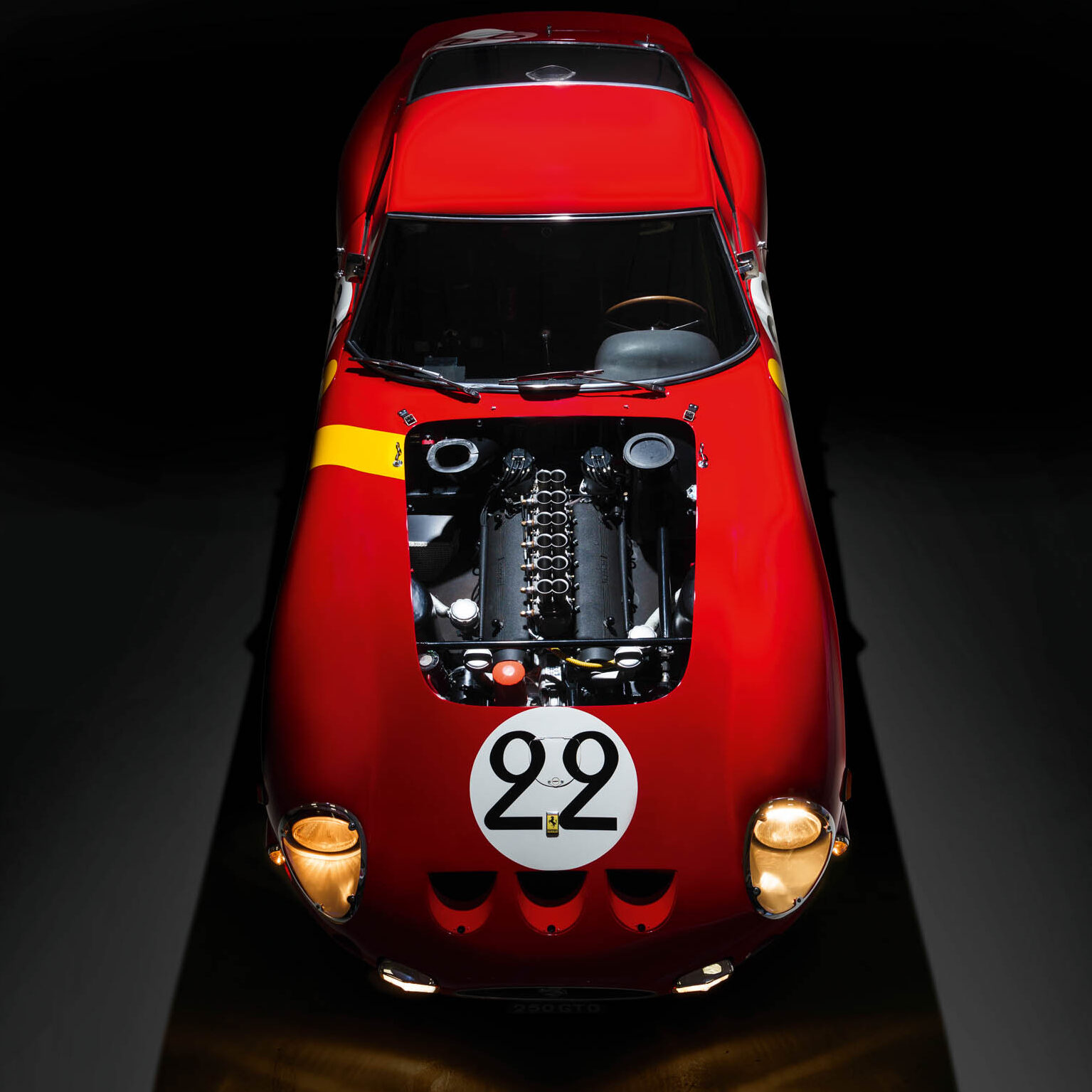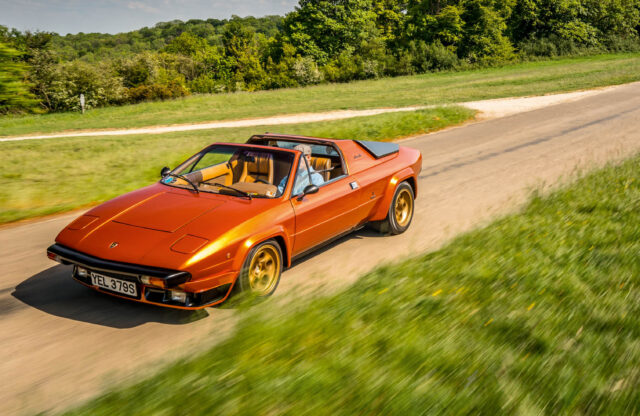It’s possibly the most famous example of one of the world’s most revered cars – and owner Nick Mason has driven his Ferrari 250 GTO absolutely everywhere. Here’s why it’s now firmly part of his family
The racing history of the Ferrari 250 GTO is well known: three consecutive World Championships; overall victories in the Tour de France and Tourist Trophy; class success in endurance classics such as Le Mans, Sebring and the Targa Florio; and wins in everything from short races on British airfields to epic Italian hillclimbs. For many people, that period in the early 1960s is all that matters – they have little interest in what’s happened to the cars in the decades since. But to focus solely on a GTO’s frontline competition career is to overlook chapters in its life that still contribute to that car’s story.
Take 3589 GT, for example, which Tom O’Connor donated to Victoria High School in Texas so that it could be used for the ‘auto mechanics’ programme; the same car was later left outside on a trailer for a number of years by subsequent owner Joe Kortan. Then there are the GTOs that will forever be linked to their long-term custodians. Jim McNeil and Anthony Bamford have each clocked up more than 50 years, while those to reach 40 (and counting) include Paul Vestey and Peter Sachs – and Nick Mason, who bought 3757 GT in 1978.
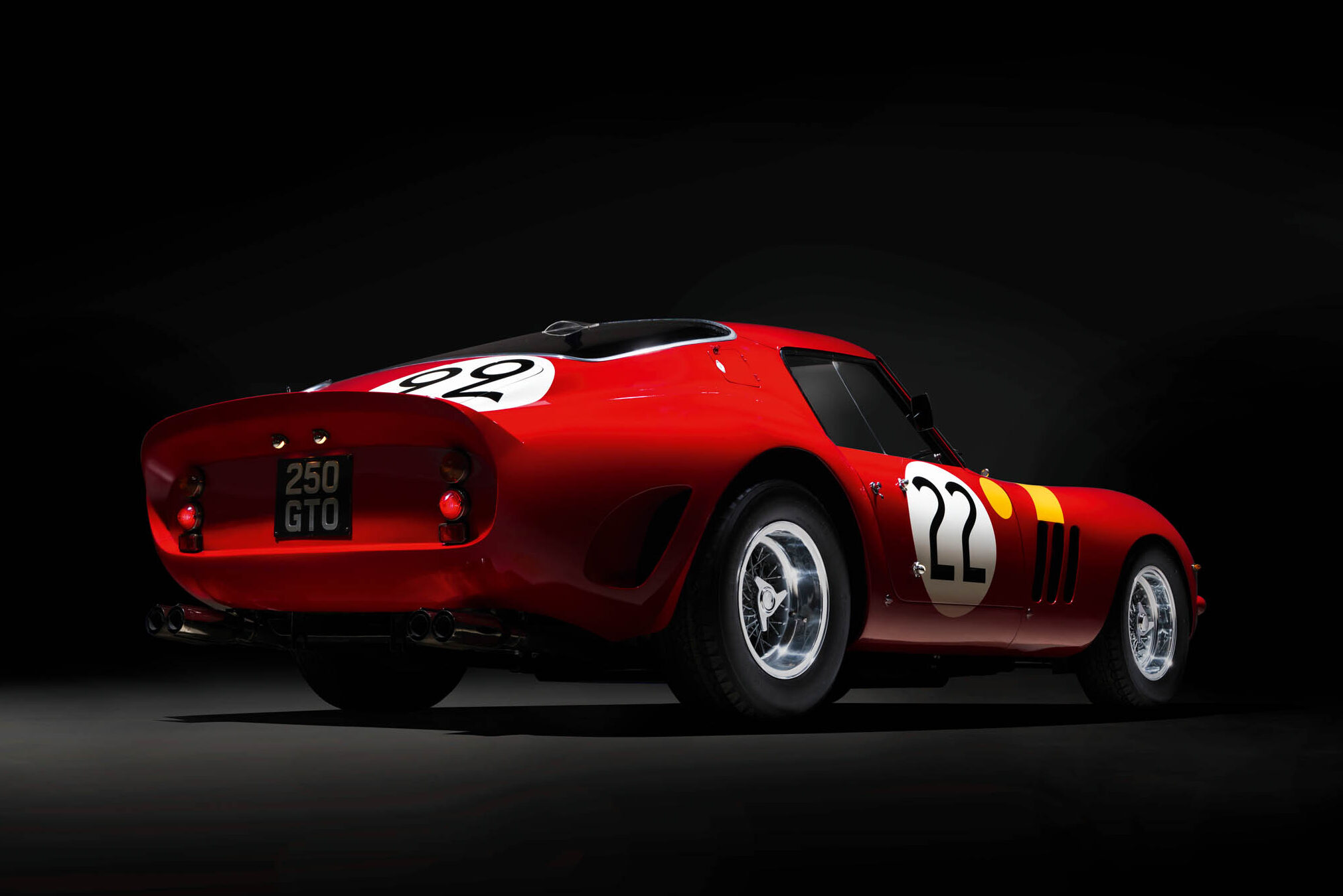
Mason grew up in a motoring family. His father, Bill, was a documentary maker who worked for Shell and produced motor racing films. He also competed in a Bentley 4.5 Litre and would take Nick with him to race meetings. The automotive bug was duly passed from father to son, and Mason’s success as the drummer in Pink Floyd enabled him to build a truly mouth-watering collection – although describing it as such is perhaps slightly misleading, as if compiling it was a deliberate goal. In reality, and as is often the case, it was more random than that. As he added cars, he found himself in the position of neither needing nor wanting to sell others, and by his own admission he ‘got a bit carried away’.
In fairness, there were worse vices for a rock star to have during the 1970s. Although he owns a number of single-seaters, Mason confesses to having a particular soft spot for ‘Le Mans-type’ cars, and the GTO is almost certainly the most famous inhabitant of his bustling workshops.

The first historic Le Mans was embarrassing because we won six or seven trophies


Having been supplied new to Jacques Swaters and Ecurie Francorchamps, 3757GT made its competition debut in the Le Mans 24 Hours in June 1962 and finished third overall in the hands of Jean Blaton and Léon Dernier. Later that year, it finished third in the Tour de France – an event that was even more of a challenge to man and machine than Le Mans. That result owed much to a moment of… let’s call it ‘ingenuity’ by Jacques Swaters. The GTO arrived for the race at Spa-Francorchamps with a broken wishbone, but parc fermé regulations meant that it couldn’t be replaced.
All the cars had to complete three practice laps before the race itself, a process that would take about 12 minutes. Swaters therefore sent his mechanics out to the far side of the circuit and Gérald Langlois van Ophem set off for his three laps, but when he got to Malmedy he dived into a side-road and the repairs were hastily done out of sight before he drove back to the pits. Officials then marched straight up to Swaters and said that the car hadn’t done its required three laps, but le patron showed them his lap chart, on which he’d entered completely fictitious times for the GTO. Swaters had a reputation as being a superb timekeeper and argued that the officials must have made a mistake. They bought it, and 3757 GT was allowed to continue.
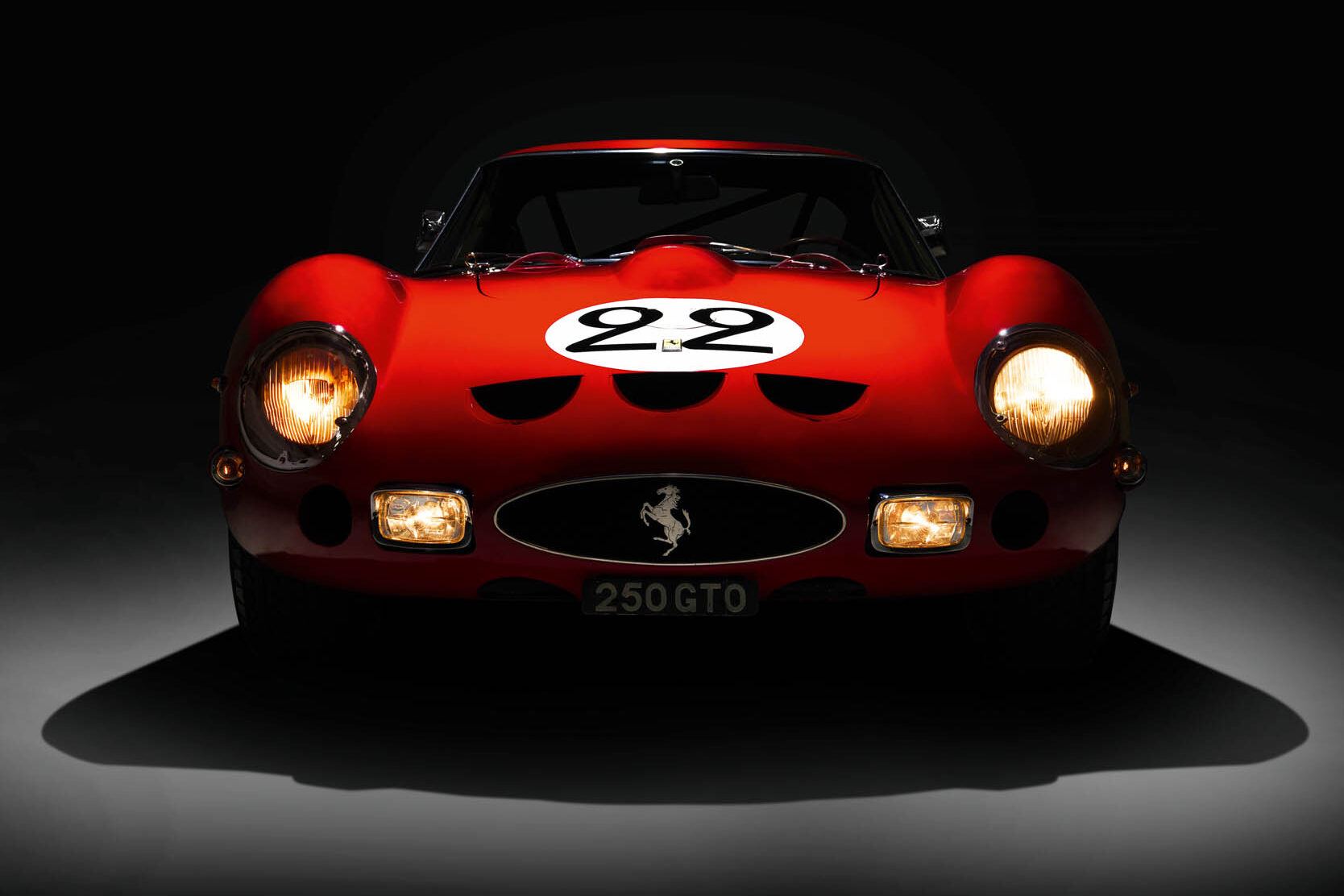
After the Tour de France, the GTO was sold to Guy Hansez and he raced it through 1963, mostly in domestic Belgian hillclimbs. It then passed to British enthusiast Peter Clarke and was used in everything from club meetings at Croft to the Nürburgring 1000km and Sebring 12 Hours, until its period competition career came to an end in 1966. By then, it was simply an out-of-date racing car, and Avalon Garage in Kent paid Clarke £2000 for it. Subsequent custodians included Headley Gué and Peter Newens, the latter being a great motoring enthusiast whose family ran a bakery in Kew. The GTO then had two owners whose names will be familiar to anyone with a knowledge of classic Ferraris.
First there was Vic Norman, a close friend of Mason who owned the 1959 Paris Salon 250 GT Short Wheelbase and later set up Rosso Racing. In turn, Norman sold it to Ronald Stern and Malcolm Clarke – Stern then bought Clarke’s stake when he decided that the car needed to be restored. Not only did Stern go on to own both of the ex-Stirling Moss TT-winning Short Wheelbases, he has also acquired an unrivalled collection of Ferrari memorabilia.
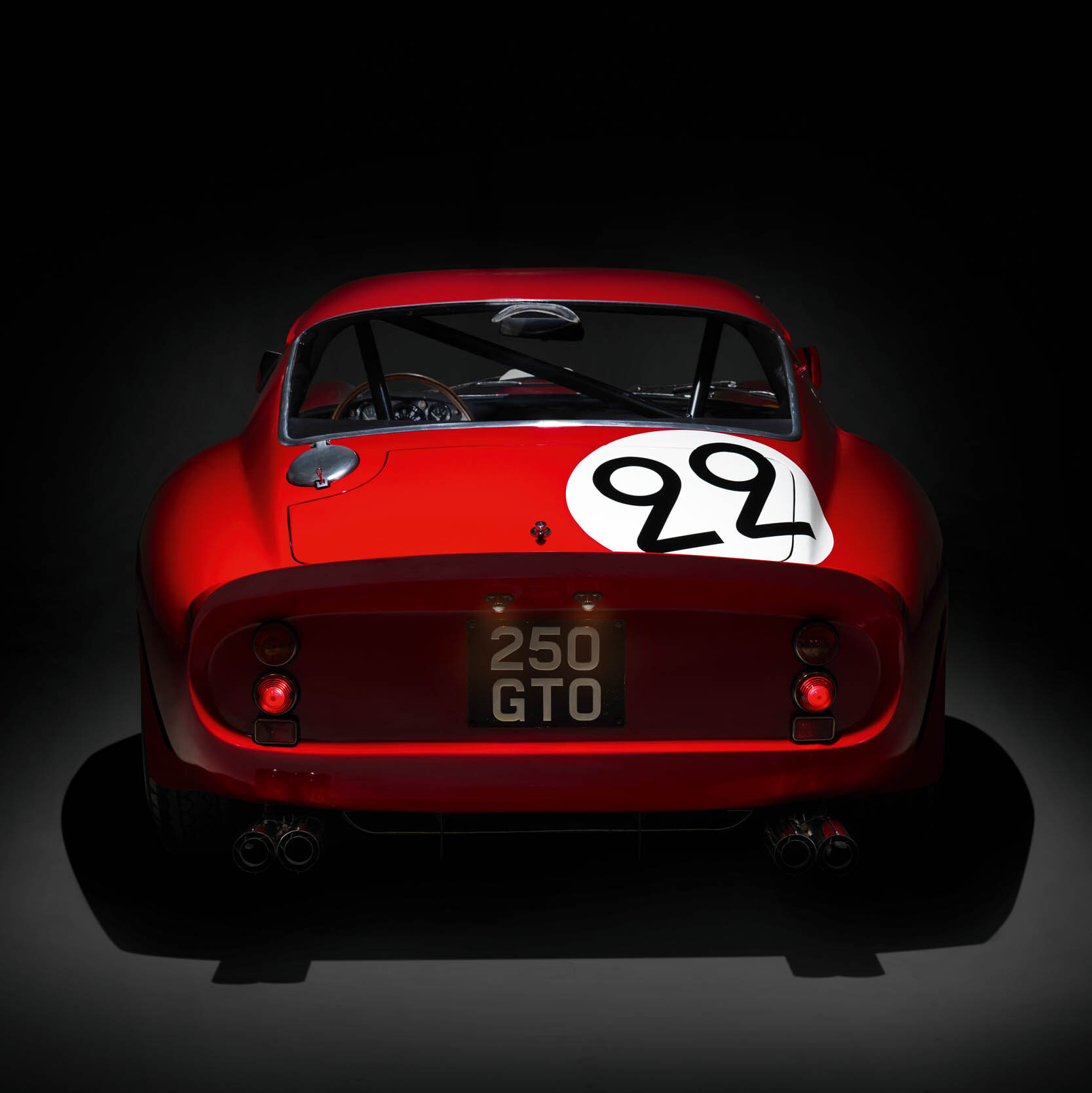
It was from Stern that Mason acquired 3757 GT, by which time it was already wearing the ‘250 GTO’ registration number. When Stern handed him the logbook, Mason noticed that it had previously been registered ‘4 HLY’, and only then did he realise that he’d taken a photograph of Peter Clarke racing it at Goodwood during the mid-1960s. ‘I’d bought a 275 GTB/4,’ says Mason, ‘which was so unsatisfactory. It had terrible problems with brakes, it had terrible problems with wetting plugs, and it was there because I couldn’t afford a GTO at the time. So, when I could afford it, I was really keen to get out of that and into a GTO.
‘I knew that it was one of the best in terms of the fact that it had just been rebuilt – it hadn’t been sitting in a garage somewhere. It was an expensive car but there was very rarely more than one for sale at any given time. It’s not like you could shop around. And if I really want a car I tend not to spend too much time talking about it. I never drove the GTO before I bought it, which is true of the D-type, true of the Birdcage. You know if you want it.

‘I bought the D-type before the GTO. I bought that because Michael Scott told me that he didn’t think, if I found a GTO, the guy would want money. He’d want to swap it for something else. So I bought the D-type but it was completely useless because [Stern] wanted money – he didn’t have any interest at all in the D-type…
‘I love Ferraris dearly, but actually I have as much loyalty towards the [Aston Martin] Ulster, or the Birdcage. Ferrari is the iconic brand, so you spend more time talking about Ferrari than anything else. Having said that, I didn’t know quite how good the GTO was.’ Mason started competing in the car as soon as he’d bought it. His first outing was in the Vintage Sports-Car Club’s Pomeroy Trophy – ‘I think I ran into a Frazer Nash on the coming-in lap, which was a bit embarrassing’ – and the GTO became a regular at the Goodwood Revival.

‘The people who tell you that [the GTO] is not really as good as you think, nearly always you discover they own a Short Wheelbase. It’s not quite as versatile as a Short Wheelbase, but part of the problem is that everyone who’s raced GTOs – and I include myself in this – goes through the process of endlessly stiffening the damn thing trying to make it a little more raceworthy. Actually, once you take all that trick stuff off, the car’s no slower.
‘Yes, you do need to wear ear-plugs or, ideally, headsets, but it’s OK. It’s got good visibility, and if you put a fan on it… You wouldn’t want to get stuck on a motorway, but it’s pretty good through Italian towns or wherever. The view down the bonnet is just wonderful, and for what it’s worth the GTO has far more luggage space than a LaFerrari or any of the hypercars – you can actually get a reasonable-sized bag behind the seats.’

The stratospheric value of a GTO has inevitably meant that the ownership experience in 2022 is very different to how it was in the 1970s. Steve Earle, for one, has no regrets about selling his cars when he did, arguing that ‘they might be worth $50million now, but we had $50million-worth of fun with them’. If you wince when your annual insurance renewal comes through, it’s best not to imagine how much it now costs to ship a GTO to an overseas event.
Mason admits that, while it used to be something of a ‘point of honour’ to race a GTO, it’s ‘starting to look more and more unwise’. For one thing, a GTO in standard trim won’t be competitive against many of the cars currently running in Historic racing. Even so, he is emphatically not one to wrap up his cars in cotton wool. Shortly after our photoshoot, 3757 GT was being sent to the Guggenheim Museum in Bilbao to take part in an exhibition there, and after that it’s going straight to the USA for a GTO rally. ‘When Martin Brundle drove the car a few years ago, he more or less asked, “How hard do you want me to try?” My response was to point at it and say that I didn’t want it coming back looking like that, where it was highly polished and looking far too new and lovely. I’m still perfectly happy with some battle damage.

‘I have to say that it’s testament to the car that, although the owners inevitably change, nearly all of them have competition licences and an interest in motorsport. Despite the enormous values of the cars now, they tend to be real enthusiasts. I think that’s important, actually – they are a delightful bunch of people to hang out with.’ Even though picking a favourite from his collection is akin to picking a favourite child, it’s clear that the GTO holds a special place in Mason’s affections. With the obvious exception of his father’s Bentley, he admits that it would probably be the last car he’d part with – and without doubt his ownership has added much to its story. ‘It’s a great all-rounder and it’s given such great service,’ he concludes. ‘It’s part of the family.’
1962 Ferrari 250 GTO Specifications
Engine 2953cc V12, OHC per bank, six Weber 38 DCN carburettors
Power 300bhp @ 7500rpm
Torque 254lb ft @ 5400rpm
Transmission Five-speed manual, rear-wheel drive
Steering ZF worm and peg
Suspension Front: double wishbones, coil springs, Koni telescopic dampers, anti-roll bar. Rear: live axle, locating rods, Watt’s linkage, semi-elliptic leaf springs, Koni telescopic dampers
Brakes Discs
Weight c1050kg
Top speed c170mph
0-60mph c6.5sec (performance figures vary according to final drive)
This article was originally published in Octane 227, May 2022
